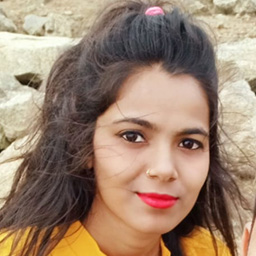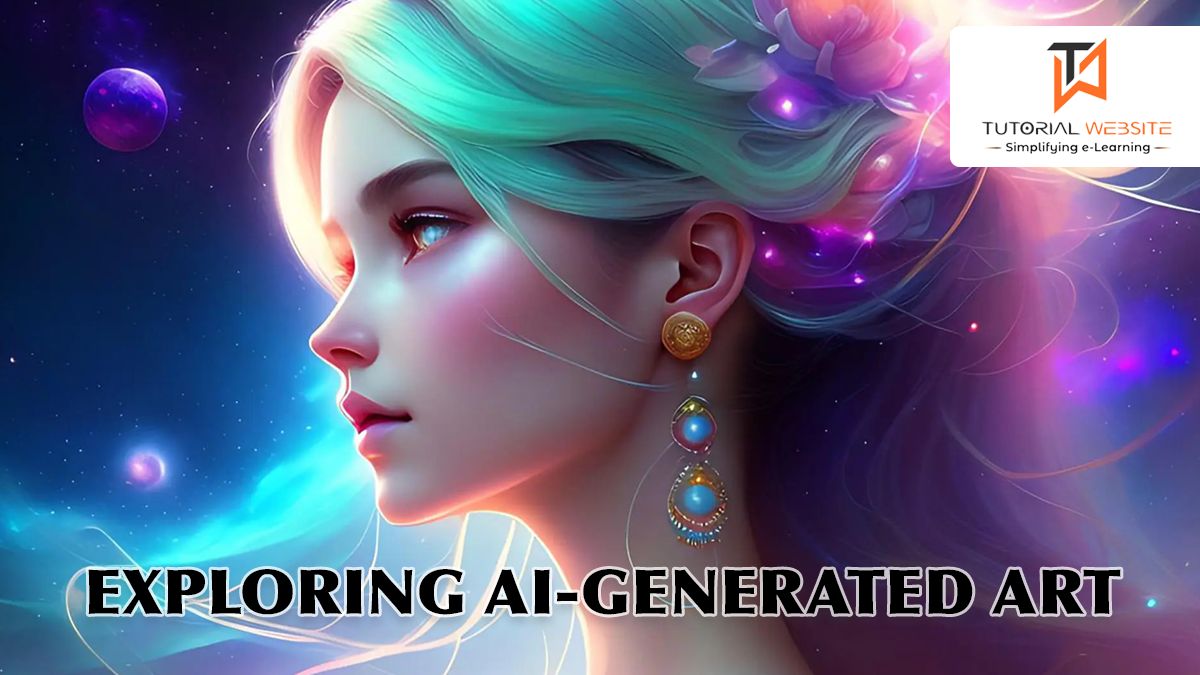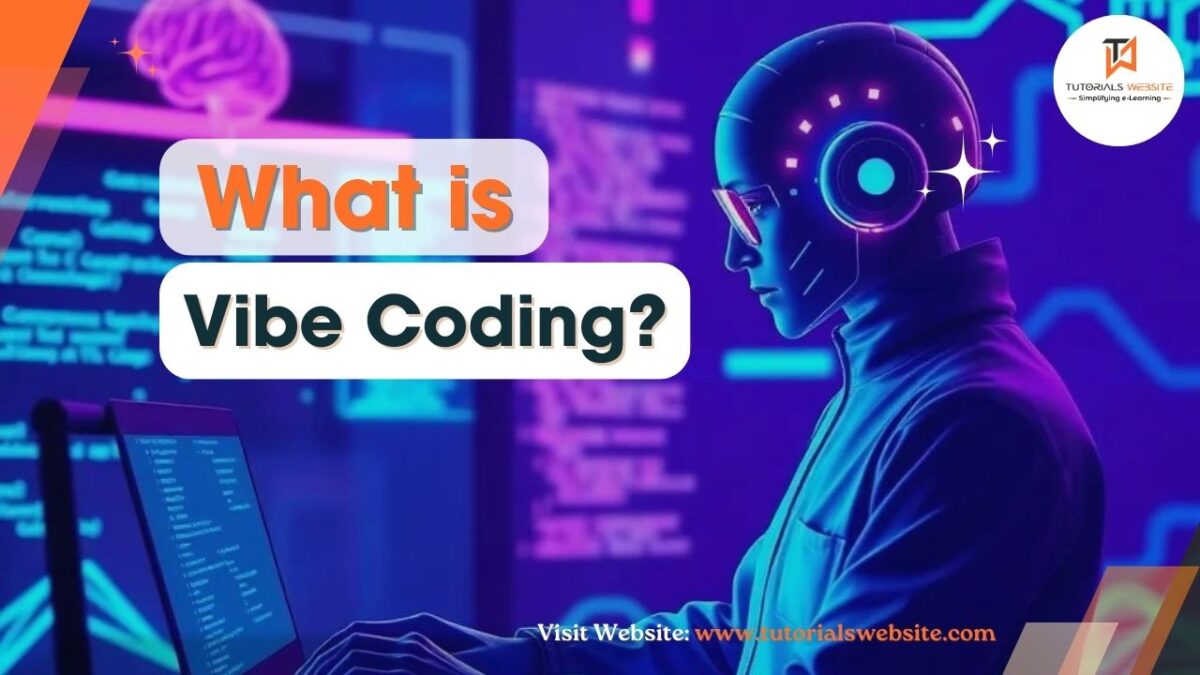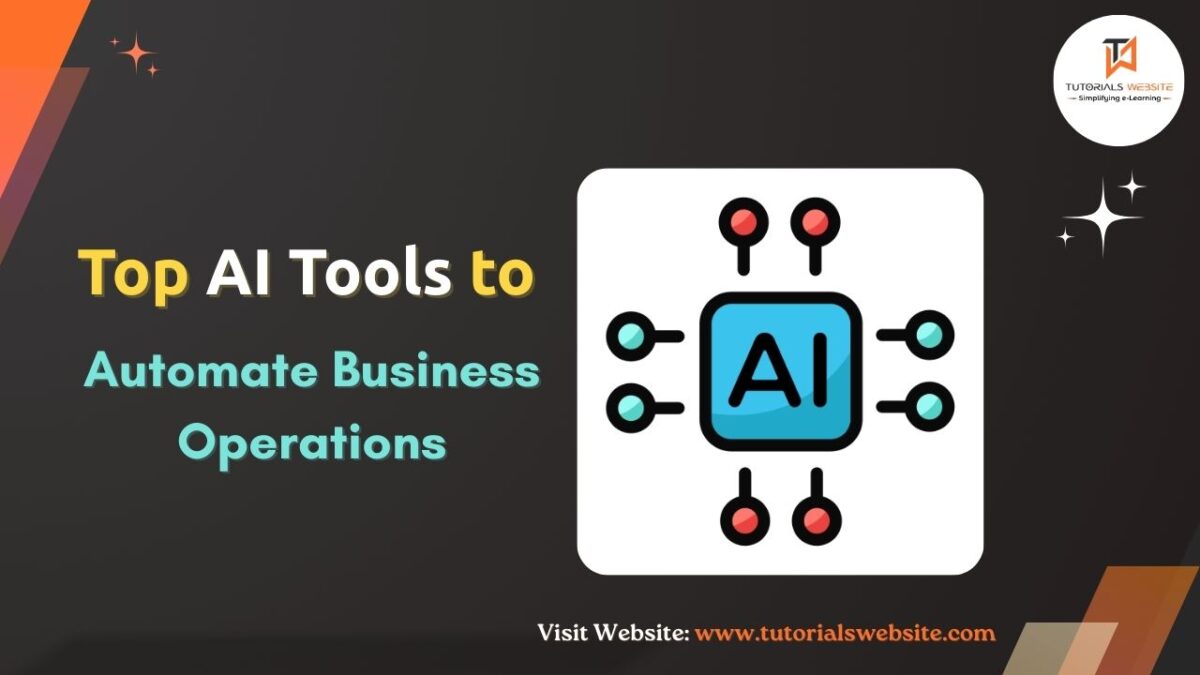Introduction
Art has always been a reflection of human creativity, emotion, and imagination. From ancient cave paintings to modern digital masterpieces, art has evolved alongside human civilization, capturing the essence of cultures, stories, and emotions. In recent years, a new force has emerged in the art world – Artificial Intelligence (AI). With its ability to analyze data, learn patterns, and mimic human-like creativity, AI is shaping the way we create and appreciate art. One such manifestation of AI’s creative potential is the Midjourney App, an AI art generator that has garnered attention for its unique approach to producing art. In this exploration, we delve into the creative power of Midjourney, uncovering the intricacies of AI-generated art and its impact on the artistic landscape.
The Confluence of Art and Technology
The convergence of art and technology is not a new phenomenon. Throughout history, artists have embraced new tools and techniques to express their ideas. The Renaissance saw the use of linear perspective, while the advent of photography challenged traditional notions of representation. Similarly, AI presents a paradigm shift in how art is conceived and produced. Midjourney App exemplifies this intersection by harnessing the capabilities of AI algorithms to create compelling and innovative artworks.
Suggested Read: Everything You Need to Know About Artificial Intelligence
Understanding Midjourney’s AI Algorithms
At the heart of Midjourney’s creative prowess lies a sophisticated set of AI algorithms. Neural networks, particularly Generative Adversarial Networks (GANs) and Convolutional Neural Networks (CNNs), play a pivotal role. GANs facilitate the generation of art by pitting two neural networks against each other – one generates art while the other evaluates its authenticity. CNNs, on the other hand, aid in image recognition, enabling the AI to analyze and incorporate various stylistic elements.
The Artistic Process in Midjourney
Unveiling the art generation process in Midjourney is akin to witnessing the birth of a unique artistic vision. Users start by selecting a base image – a photograph, a painting, or any visual input. The AI then analyzes the image’s content and style, interpreting textures, colors, and patterns. Through a combination of style transfer techniques and neural network magic, the AI merges the content of the base image with the chosen style, resulting in an entirely new artwork that retains the essence of the original while infusing the chosen style.
Bridging the Gap Between Human and AI Creativity
Critics of AI-generated art often raise concerns about the lack of human intention and emotion in the creative process. However, Midjourney challenges this perception by providing users with a degree of control over the artistic outcome. The app offers customization options that allow users to fine-tune parameters and experiment with styles. This not only empowers users to collaborate with AI but also bridges the gap between human and AI creativity.
Ethical Considerations and Copyright
As AI-generated art gains traction, ethical considerations come to the forefront. Issues of copyright, ownership, and authorship raise complex questions. Midjourney App takes steps to address these concerns by providing users with information about the source of styles and images. Additionally, the app encourages users to acknowledge the AI’s role in the creation process, promoting transparency and responsible usage.
Pushing Boundaries: The Impact of AI Art on the Creative Landscape
The advent of AI-generated art challenges traditional artistic boundaries. It blurs the lines between originality and imitation, human and machine, and raises questions about the essence of creativity itself. Midjourney’s role in this paradigm shift is not just as a tool for art creation but as a catalyst for redefining our understanding of what it means to create art.
Inspiration and Collaboration
Midjourney App isn’t just a standalone tool; it’s a source of inspiration and collaboration. Artists can use the generated art as a starting point, incorporating AI-enhanced elements into their own works. The app acts as a virtual studio assistant, suggesting creative possibilities that might not have been considered otherwise.
The Human Touch: Where AI Meets Artistry
While AI can simulate creativity, the human touch remains irreplaceable. Midjourney highlights the symbiotic relationship between AI and human artistry. The app’s success lies in its ability to enhance artistic expression rather than overshadow it. Artists can use AI as a stepping stone to amplify their vision, creating a harmony between human intuition and AI innovation.
Looking Ahead: Future of Midjourney and AI Art
The journey of Midjourney is far from over. As technology advances, we can anticipate even more sophisticated algorithms, expanded customization options, and deeper integration with the creative process. AI-generated art might become an essential component of artistic education, fostering new approaches to teaching and learning.
Conclusion
The creative power of the Midjourney App transcends the realm of a mere digital tool. It represents a new chapter in the ever-evolving story of art. With its AI algorithms, customization options, and potential for inspiration, Midjourney paves the way for a future where humans and machines collaborate to redefine artistic boundaries. As we continue to unveil the potential of AI-generated art, we stand on the cusp of a transformative era in the world of creativity—one where artistry and technology dance in a harmonious duet, creating a symphony of innovation.

Nidhi Maurya is a professional blogger and Content Writer who writes about a variety of topics related to his niche, including Web Tech, SEO, and digital marketing.





